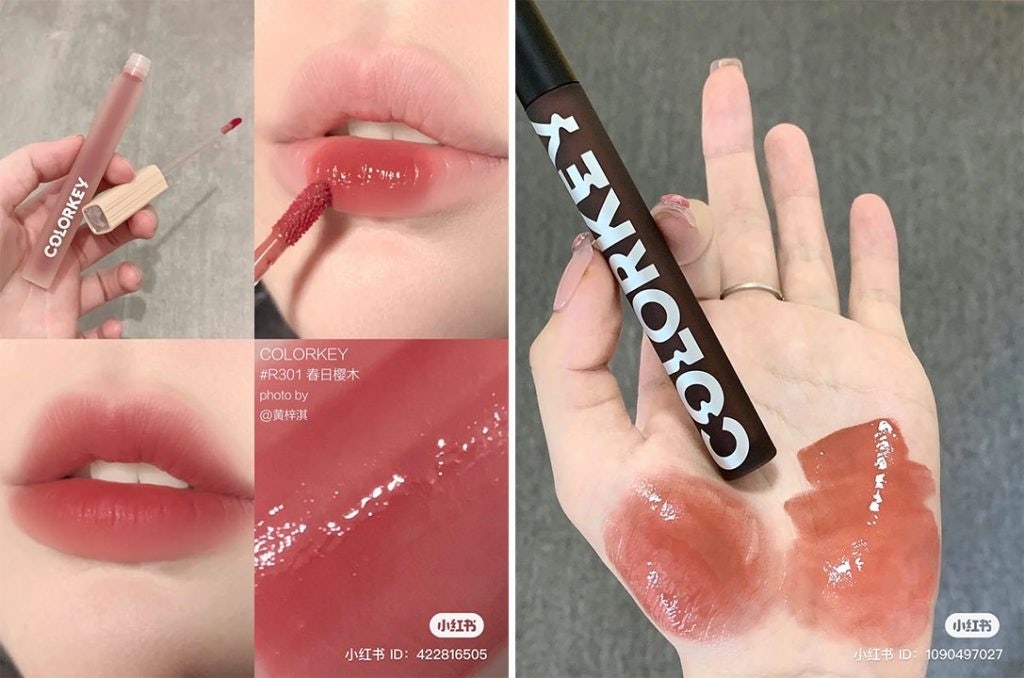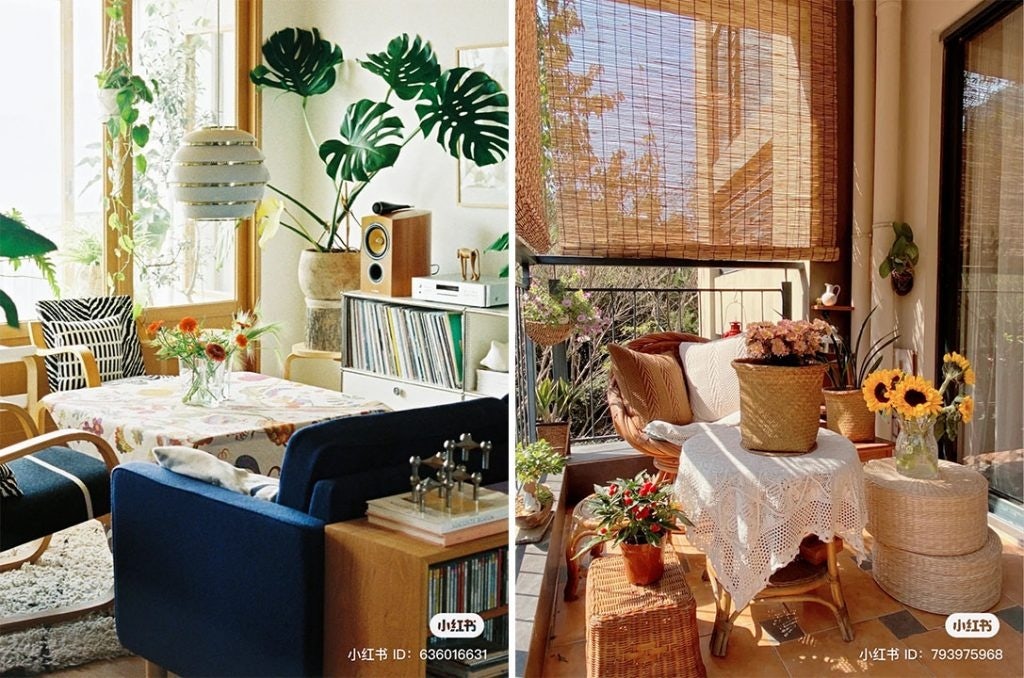Borders are open, events are back on, and China has finally — finally! — entered its post-pandemic era. However, COVID-19 has left an indelible mark, changing the way Chinese consumers interact with the world around them.
Earlier this month, Xiaohongshu released a report with NielsenIQ that examines the psychology of Chinese consumers. Based on a survey of over 2,000 people in first through sixth-tier cities, the study highlights not only what Chinese netizens are spending on, but the values and motivations driving them to purchase in the first place.
Below, Jing Daily summarizes three key trends to help brands prepare for a reopened and reinvigorated China.
Consumers want to reward themselves, emotionally and rationally#
Despite economic difficulties during the pandemic in 2022, the per capita monthly income and monthly expenditure of Xiaohongshu users continued to grow compared with 2021. While the ratio of consumption to income should stay the same, both are expected to “increase significantly” in 2023.
According to the lifestyle platform, Chinese consumers view consumption as an investment in a better life for themselves. As such, product quality is still their top consideration when making a purchase. It saw the biggest year-on-year increase compared to other purchase drivers. However, emotional value comes in at number two, meaning that Xiaohongshu users are willing to pay for goods that go beyond practicality and contribute to their “spiritual pleasure and satisfaction.”
Together, these findings show that consumers want to reward themselves but rationally, keeping their actual needs and products’ values in mind. Brands that want to appeal to these shoppers should highlight their products from multiple angles, demonstrating their functional, emotional, cultural, and aesthetic value.
Shoppers trust other consumers to give them the full picture#
As consumers become more cautious about their purchasing decisions, they’re turning to those they trust for help: other shoppers. Product seeding, or peer-to-peer recommendations, plays a crucial role in communicating product value; 60 percent of Xiaohongshu users trust the experience of other customers, while 59 percent said they are willing to share their own experiences to benefit others.

Of course, this isn’t limited to sharing experiences. From the packaging design, to the materials and formula, to the functionality, consumers want all the details about a product. Reading notes and comments from other netizens helps them build trust in a brand, which naturally results in a higher repurchase rate, states the report.
Product seeding is particularly useful for smaller or niche brands in China. These user recommendations are typically more convincing and relevant than marketing campaigns, and can help widen the brand’s exposure to various consumer groups. Brands can even go a step further by co-creating products with Xiaohongshu and capitalizing on its user data, as C-beauty label Colorkey did last year to break into the lip mud market.
Consumers invest in a comfortable and quality life, starting at home#
When considering the factors needed for a quality life, a healthy body, work-life balance, and free time were ranked as the top three by Chinese consumers. Likewise, food, travel, exercise, mental health, beauty and apparel were identified as the top categories consumers are willing to increase spending on in 2023.
Interestingly, “a comfortable living environment” moved up three spots in 2022 to fourth place in the list of factors. As people spent significantly more time at home during the pandemic, improving comfort and convenience has become a greater priority; the number of surveyed users who purchased furniture or home decoration climbed 7 percent compared to 2021, while those who bought home electronics increased by 6 percent.
In a separate lifestyle trends report, Xiaohongshu found that “young people are purchasing home fragrances, carpets, projectors and house plants, trying to transform their homes into home theaters, home cafés, and small gardens.”

No doubt the 2022 lockdowns have made many realize the importance of a comfortable and inspiring living space. Brands can leverage this opportunity by expanding into home goods, fragrances, and other related categories that help China’s shoppers create a slice of paradise at home.


